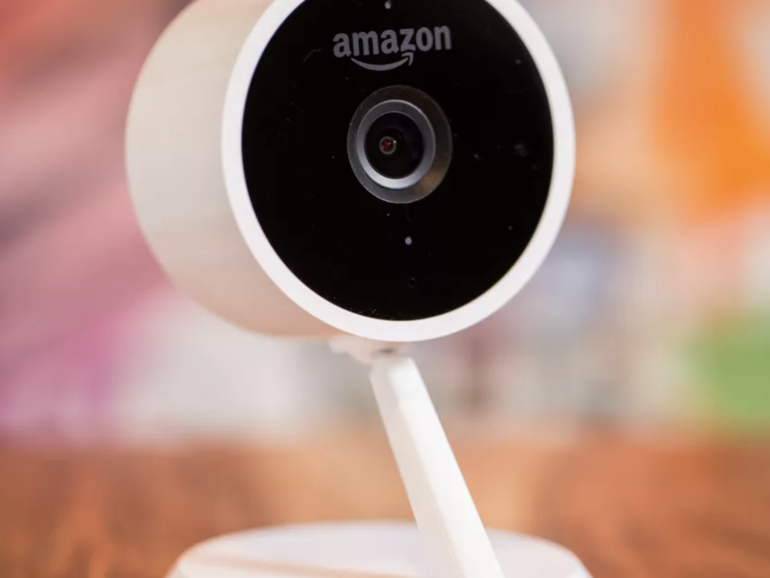Up until the pandemic hit, laptop and smartphone makers relentlessly pushed the envelope on increasing productivity and flexibility when we’re on the go. With only critical belongings in a backpack or carry-on, we are less likely to be prepared for whatever crisis befalls us. The more mobile we are, the easier it is to justify investing in mobile technology.
But the onset of COVID-19 jarred like a giant record scratch sound effect as the needle of high-powered gear was removed from the album of mobile lifestyles. The pandemic upended tech’s pecking order as desktop comfort products like webcams, monitors and mice took off and smartphone sales dipped. Laptop sales exploded to the point of inventory exhaustion, but only because millions of dislocated workers and students sought better tools as they embarked on a bleary-eyed march toward Zoom burnout.
So, if being ultra-mobile leads to buying ultra-mobile tech, shouldn’t being ultra-homebound lead to tech designed to smarten up our confining environs? Not necessarily. According to an NPD Group presentation at a recent Techfluence online event, while networking products such as routers kept up their brisk sales pace as consumers tried to accommodate an unprecedented number of video chats, smart home product sales — while solid — didn’t see nearly the same level of lift.
This is surely in part because many of these products cater more to early adopters as nice-to-haves versus a laptop needed to connect to colleagues. However, it’s also because, paradoxically, many smart home products are most useful when you are not home.
Much of the early work in smart homes grew out of providing home security. For leading providers of integrated smart home systems such as ADT and Vivint, enabling home control systems is built on top of security monitoring with its array of sensors for detecting open windows and doors and glass breakage. The same holds for those buying a la carte products to fit into product families like the ones Amazon has built around Ring cameras or Google has built around Nest products; many of the leading applications for connected cameras, locks, and doorbells — to say nothing of imminent hallway drones — are often activated from an app while remote.
Water pressure-based detectors such as Phyn, Flo, and Pleco are useful for ensuring that you’re not wasting water when you’re home. But their greater value is in notifying you in case there’s a more serious incident like a burst pipe. That’s something you can respond to quickly if you’re at home, but which could cause catastrophic flooding damage if you’re not.
And it’s not just limited to fixed-function devices. The Alexa Guard feature of Echo devices can relay when it hears a smoke alarm has been activated (a trick pioneered by departed startup Leeo). This feature could help save your home when you’re away from it. If you’re at home when a fire breaks out, the urgency is even greater, but you’re probably more likely to be alerted by the smoke alarm’s siren itself versus a phone alert that may pop up in the middle of the night when your phone could be silenced.
Even products that provide value for when residents are at home, such as connected thermostats and lights, lose some of their allure when it’s only marginally less convenient to walk across the room and manually change their settings as it is to call up their app or control them by barking orders to whatever voice assistant they serve.
As vaccinations proliferate, PC vendors will eventually have to contend with the challenges of maintaining pandemic-fueled year-over-year growth. Conversely, a return to a more mobile existence could result in accelerating growth in smart home products. On the other hand, we may have waned interest in mastering the state of our estates. There may be no place like home, but many of us are more than ready to leave behind a nearly static location history.
PREVIOUS AND RELATED CONTENT
Amazon doubles down on Echo home security. What to know
Here are Alexa’s new features for Echo devices that focus on protecting your home.
Is the Flo smart water monitor still worth it 18 months later?
Is your home smart enough to know when there’s a bad leak that could cost you thousands of dollars?
Can Amazon convince you to welcome a security drone into your home?
The Always Home Cam has inspired fears in a way the Roomba never did. While it has certain convenience and even privacy advantages, businesses might be a better initial market
